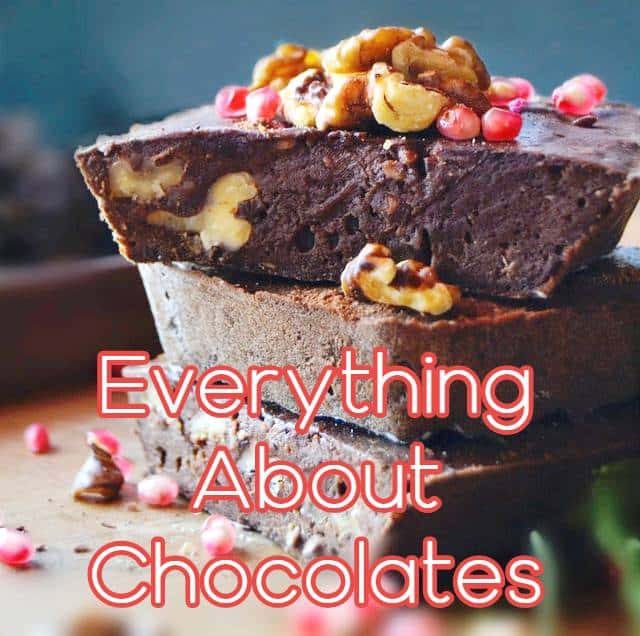
Think about your last chocolate tasting session. What was its taste? What was its mouth feel? Was it Awesome !!?
You might understand good chocolate by tasting it, but it would be difficult to find the right reason behind that decision.
The best chocolates are made with cocoa butter. It will still be difficult to mask it with mint or vanilla. In that case its inferior quality.
The taste, surface and even the smell implies great chocolates. We know decent chocolate when we have it, so how about we dive further into great chocolates versus bad chocolates. When you’re set, you’ll know everything about chocolates.
How Is Chocolate Made?
Before we characterize what makes great chocolates, it’s imperative to see how chocolate is made. Tasting chocolates is a simple part, yet numerous individuals don’t have the foggiest idea of how to make chocolates. Each step of making chocolate impacts the end flavour and general parameters of the chocolates. Overlooking quality guidelines at any process in the chocolate producing process adversely affect quality and flavour when your chocolates hit the store racks.
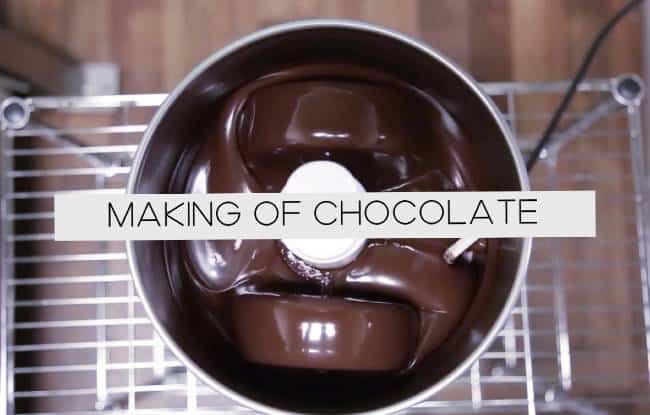
Everything begins with the cacao tree regularly found in, India, western Africa, Columbia, Mexico, Costa Rica and nations with comparative atmospheres. There’s nothing more needed than the perfect measure of precipitation, alongside tropical heat for cacao trees. The cocoa beans develop inside the organic product on cacao trees, which are regularly developed on enormous estates in these perfect areas.
When expelled from the cacao tree, cocoa beans are aged and dried. The micro-organic activity creates the natural taste of cocoa.
COCOA PROCESSING: STEPS
When cocoa beans reach the chocolatier, they wash them again. And cocoa beans from various cocoa varieties might be blended depending on the final end product. From that point, the bean is roasted to dispose of moisture and add significantly greater multifaceted nature to the flavour. The roasting procedure is the thing that draws out the rich cocoa flavour. The roasting differs from everyone as it depends on your end product.
When heated, the external shell falls off from the beans to uncover within, called Cocoa Nibs. It comprises of around 50 per cent cocoa butter. Nibs are thoroughly refined to cocoa liquor, otherwise called cocoa mass. The cocoa mass is additionally gone through squeezing, which isolates out the cocoa butter and abandons the cocoa mass. It is further powdered to cocoa powder.
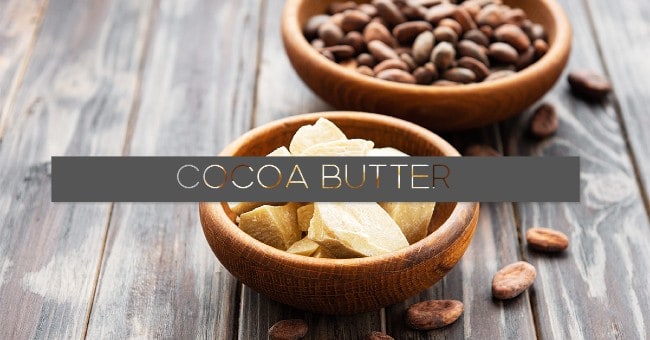
Cocoa butter blends well into chocolates with cocoa mass for flavour and sweetener for taste. The cocoa butter makes the dissolving nature of chocolates. Milk is added to make milk chocolates. White chocolates utilize just cocoa butter with no cocoa solids.
Some chocolates likewise add an emulsifier, for example, lecithin. Emulsifiers decline the chocolate’s thickness. At the point when used, reduces the cocoa butter is expected to create the chocolates. Regardless of whether any stabilizer is utilized it depends on the type of every chocolatiers end product.
The entire components for a specific batch of chocolates get combined through a procedure called conching. Complex machines blend the mixes in a procedure that might take days. Conching influences how best chocolate’s tastes.
The treating procedure comes in the wake of conching. This procedure applies warmth to the chocolate’s blend to crystallize butter. When tempered, the chocolates further filled into different shapes and solidifies into Wonderfull hearts of chocolates.
Cocoa Nibs, Chocolate Liquor & Cocoa Powder
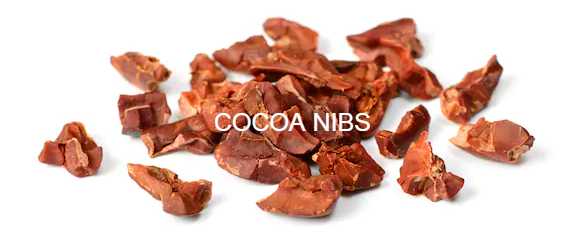
We should investigate the contrasts between cocoa nibs, chocolate liquor, cocoa spread and cocoa powder. Every segment of the cocoa bean assumes a job in the quality and kind of the chocolates.
Cocoa nibs are within bits of the cocoa bean. They are little, broken bits of the bean after it has been fermented, dried and roasted. Eatables with high proteins, cocoa nibs are commonly made into chocolate liquor.
Cocoa liquor can come in either a strong square or a liquid fluid consistency. It is the primary item that comes out of the roasted and shelled cocoa beans or cocoa nibs. Chocolate liquor may lead you to consider liquor, however it doesn’t contain any. This chocolate is also called cocoa liquor, chocolate liquor, or cocoa mass. Chocolate liquor goes straightforwardly into chocolates, however frequently it is isolated into the cocoa butter and cocoa powder before being consolidated again when the chocolates are made.
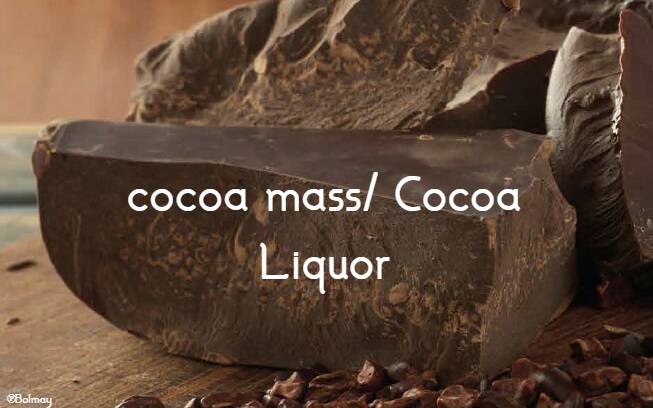
Cocoa butter stays strong at room temperature, not at all like numerous vegetable oils that take a fluid-structure all things considered any temperature. As cocoa butter approaches internal heat level, it becomes delicate and begins to dissolve into a fluid state. It has a few crystallization and dissolving ranges – around six phases all out – that marginally cover, which makes that stand-out inclination when it softens in the mouth as genuine, excellent chocolates.
Cocoa butter doesn’t go foul as fast as some vegetable oils, prompting a more drawn out time span of usability. You’ve most likely observed cocoa butter recorded on certain beautifiers or pharmaceutical items. That is on the grounds that cocoa butter likewise has saturating impacts that function admirably in care items.
Cocoa powder originates from crushing and filtering the cocoa cake until it is fine. Despite the fact that cocoa powder is produced using what survives from chocolate liquor after cocoa butter is expelled, the powder despite everything has some cocoa butter in it – somewhere in the range of 10 to 25 per cent so as to agree to FDA definitions. The higher the level of cocoa butter remaining, the tastier the cocoa powder tastes. The cocoa powder with 22% or more cocoa butter is High Fat Cocoa powder. And Ones with least 10% is Low Fat Cocoa Powder. Since cocoa powder frequently goes into chocolates, the nature of the cocoa powder itself can influence the taste and nature of the completed chocolated item.
Real Chocolate Vs. Compound Chocolate
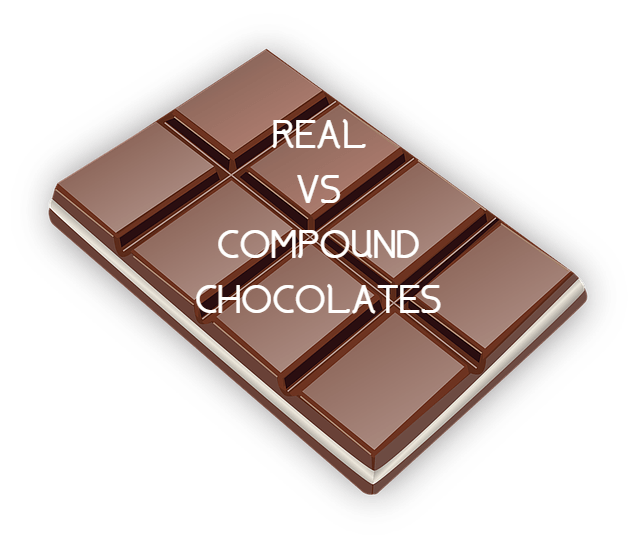
Not all confections and items with a chocolate flavour are viewed as genuine chocolates dependent on complex FDA rules and guidelines. A few items use fixings other than parts of the cocoa bean to set aside cash or have more authority over the assembling procedure. Chocolatelike items quite often have a mediocre taste and quality when contrasted with genuine chocolates.
The name of chocolates gives a few insights to assist you in deciding whether the item is genuine chocolates or a chocolatelike item. While evaluating the chocolates, investigate the fixings list. Top-notch chocolates utilizes some type of cocoa as the fundamental fixing. A few items list chocolate liquor on the mark, while others list the two segments – cocoa butter and cocoa powder – independently. To qualify as chocolates under FDA guidelines, the item needs to contain a base measure of chocolate liquor. Items not meeting those base prerequisites must be named as chocolaty or chocolates-enhanced. They are here and there called compound chocolates.
Compound chocolates despite everything utilize cocoa powder as the chocolates seasoning, yet the fat originates from a source other than cocoa butter – ordinarily vegetable oil. You may see hydrogenated or in part hydrogenated vegetable oils, for example, palm, soybean or cottonseed oil recorded on the bundling. These fixings ought to send up warnings about the nature of the chocolates-enhanced item. Quality chocolates need rich cocoa butter on its fixings rundown to create that soften in-your mouth surface chocolate darlings ache for.
So for what reason do chocolate producers utilize vegetable oil rather than cocoa butter? It generally comes down to cost and that it is so natural to work with. Vegetable oil is more financially savvy than cocoa butter and is significantly less unpredictable during the assembling procedure.
Cocoa butter must be tempered to stay away from crystallization. Treating alludes to controlling the temperature of the chocolates during the cooking procedure to control the crystallization of the cocoa butter. Without treating, chocolates made with cocoa butter won’t come out to the ideal smooth, velvety surface and will come up short on the gleaming appearance and fresh snap when broken that shows quality chocolates.
When in doubt, compound chocolates is second rate compared to genuine chocolates that are made with cocoa butter. It comes up short on the profundity of flavour you get with genuine chocolate, and the surface doesn’t approach the satiny chocolate’s surface that softens when it hits your tongue.
Cocoa Percentage Numbers
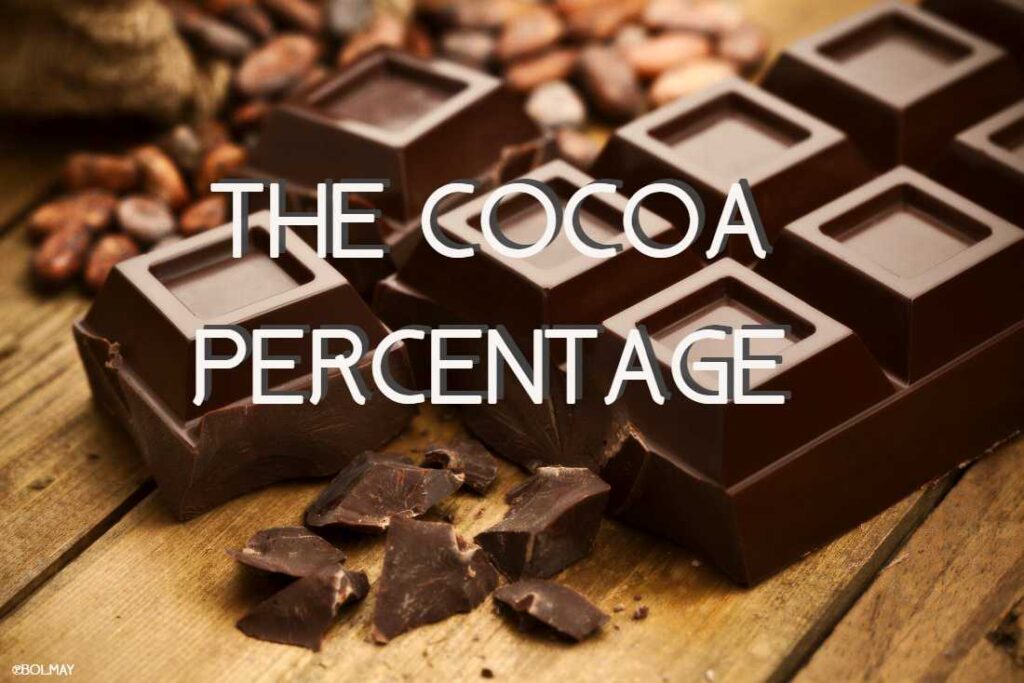
As though the sort and nature of fixings that go into the chocolates aren’t sufficient to process, cocoa rates likewise come in with the general mish-mash to influence the kind of chocolates. This is particularly valid for dark-chocolates.
The cocoa rate in chocolates gauges the aggregate sum of cocoa between the chocolates liquor, cocoa butter and cocoa powder. Try not to let the cocoa rate fool you. A high number in the cocoa rate segment doesn’t consequently win the chocolates a gold star for quality.
That is on the grounds that cocoa rate itself doesn’t direct quality. Two chocolate bars that are both 60 per cent cocoa may have totally unique quality levels. In like manner, you may have a 70 per cent cocoa bar that is lower quality than a 50 per cent cocoa bar dependent on the Ingredients used and the making procedure.
The cocoa level of specific chocolate influences the taste, however. As the cocoa rate builds, the chocolatey flavour force and haziness likewise increment, while the pleasantness diminishes because of lower measures of sugar added to the chocolate. Quality dark chocolates, for the most part, has at least 45 per cent cocoa. Chocolates with 80 per cent cocoa or atleast 70 % Dark chocolate have a rich taste and are frequently Dark Chocolate 82% Cocoa preferable for eating plain.
Chocolates with a higher cocoa rate likewise have more flavonoids, which add to the shade and offer potential wellbeing advantages. Dark chocolates may offer the accompanying medical advantages:
- Conceivably brings down circulatory strain
- Diminishes awful, or LDL, cholesterol levels
- Brings down danger of blood clusters
- Builds blood stream all through the body, remembering for conduits and in the heart
- Lifts mind-set gratitude to expanded serotonin and endorphin levels
- Supplies certain minerals, for example, magnesium and potassium that are crucial to the body’s working
How to Find Out the difference
You may not have the foggiest idea about all the subtleties of the chocolates producing process, yet you can evaluate its quality much after it’s now made. You don’t need to contact or taste chocolates to do an underlying evaluation of its quality. The physical appearance can uncover some data about the chocolates. Great chocolates ought to seem polished without any flaws or air pockets. Ill-defined situations, shady spots or twirls of staining recount to an account of the chocolate’s past – and it could influence the customer’s point of view of its quality.
Chocolate’s blossom shows up as white or dim spots on the chocolate’s surface. The fat – cocoa butter in genuine chocolates – advances toward the outside of the chocolates and takes shape there. This frequently occurs if the chocolates dissolve after creation and solidify once more. Chocolates with fluid fillings, for example, caramel, might be more defenceless to chocolate sprout. While not really unsafe to the chocolate’s quality, blossom can demonstrate ill-advised taking care of or presentation to extraordinary temperatures. Regardless of whether the sprout doesn’t show waste, client protests frequently come from the staining, so it pays to deal with the chocolates assembling and capacity procedure to diminish the potential for chocolate’s blossom.
The Sniff Test
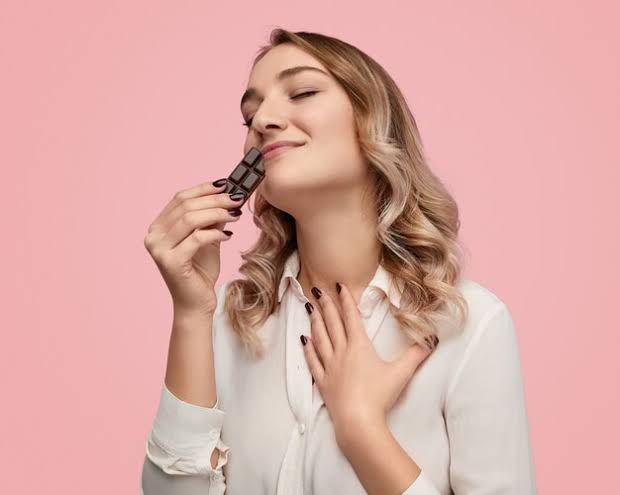
Your nose may not appear to be a profoundly complex examination apparatus, yet it can offer signs on the quality of chocolates. Excellent chocolates should smell unequivocally of chocolates. Different scents, for example, a solidified or zesty aroma, could demonstrate inappropriate capacity. The chocolates could have been solidified for an all-inclusive timeframe or put away close to other food things with a solid aroma. Chocolates absorb aromas from different things, possibly bringing down the quality.
To test the fragrance, contact the chocolates tenderly to deliver the smell. Check for a luxurious and not a clingy surface while you’re grinding away. A quality item scents of rich chocolates and not of flavours, vanilla or different aromas. The more grounded the rich aroma of chocolates, the more noteworthy the probability that you are going to appreciate a few top-notch chocolates.
Tune in For Quality

Your chocolates won’t converse with you, however, it will make sounds that give you pieces of information about its quality. Specifically, the sound of chocolates as you break it is a pointer of quality. Great chocolates have a perfect, fresh, sharp snap when broken. Milk and white chocolates both will in general curve since they have more sugar and milk than dull chocolates. Lower-quality dark chocolates likewise twist as opposed to snapping neatly, has a dull sound when broken or just disintegrates when you attempt to break it.
Trial
It’s at long last an ideal opportunity to draw in your taste buds to assess the quality of the chocolates. Taste is one of the clearest trials of quality and the one by which the vast majority judge their chocolates. The flavour is dictated by the quality of the cocoa beans and the assembling procedure. Indeed, even the aptitudes of the chocolate maker can influence the result in the flavour division, however, the taste is something other than the kind of the treats. The surface and how rapidly the chocolates dissolves additionally go into the quality factor of the chocolates.
Top-notch chocolates made with genuine cocoa butter feels smooth and smooth in your mouth. Otherwise called mouth-feel, top-notch chocolates have the unmistakable surface that is hard to depict yet effectively conspicuous when you feel it in your own mouth. An abrasive or waxy surface regularly implies the chocolates is of lower quality. Since cocoa butter liquefies at or just underneath internal heat level, quality chocolates dissolve rapidly in the mouth or in the palm of your hand.
When tasting chocolates, let a little piece dissolve on your tongue to encounter the full profundity of the flavour. Note the surface and how the chocolates feel as it dissolves in your mouth. The flavour of quality chocolates won’t leave your mouth rapidly. Rather, the flavour ought to wait for a few minutes after you finish a few chocolates.
Bolmay Cocoa is a premium manufacturer of chocolates for industrial applications. We completely source the cacao from rural India and process it in our plant in Kerala.